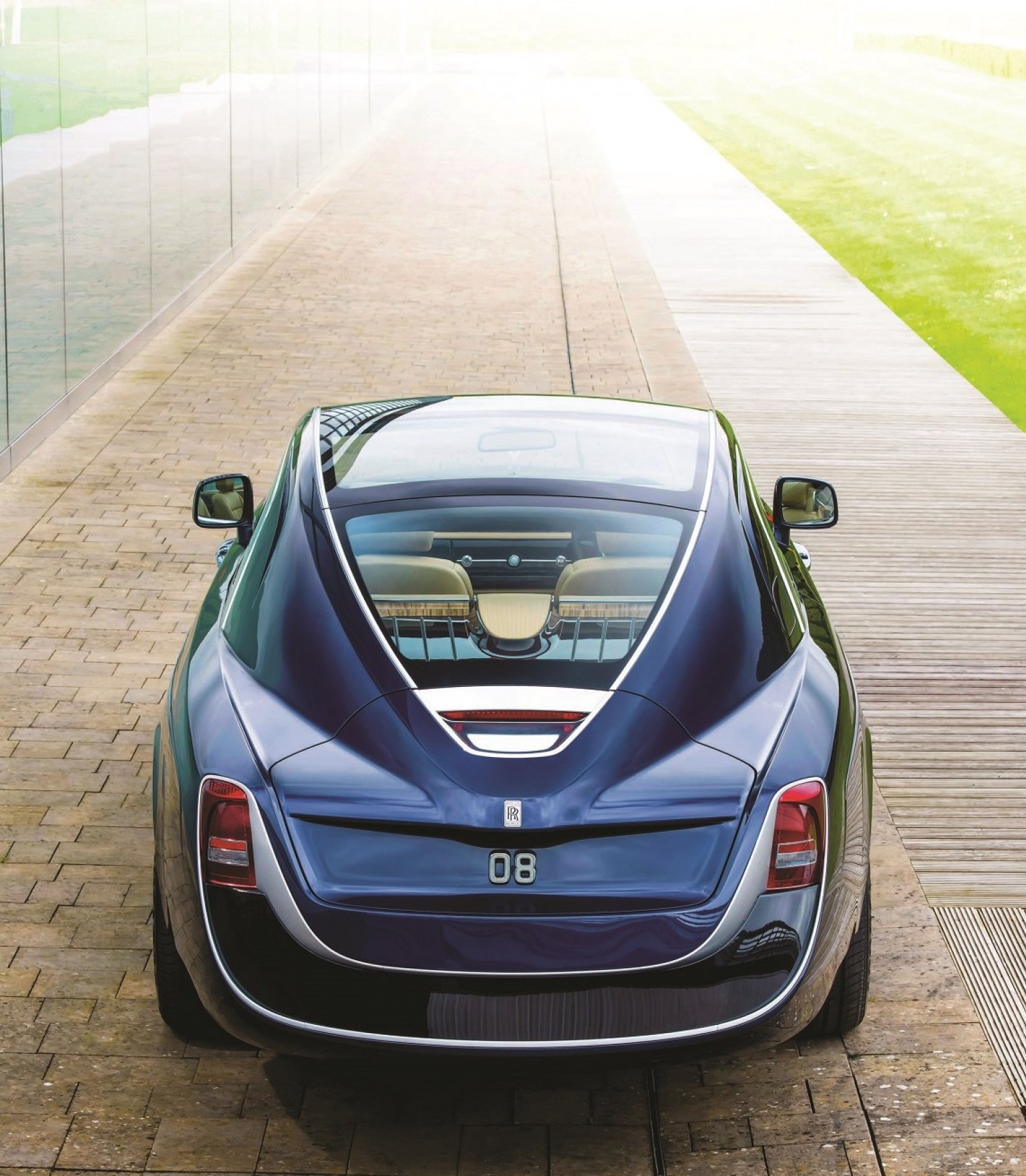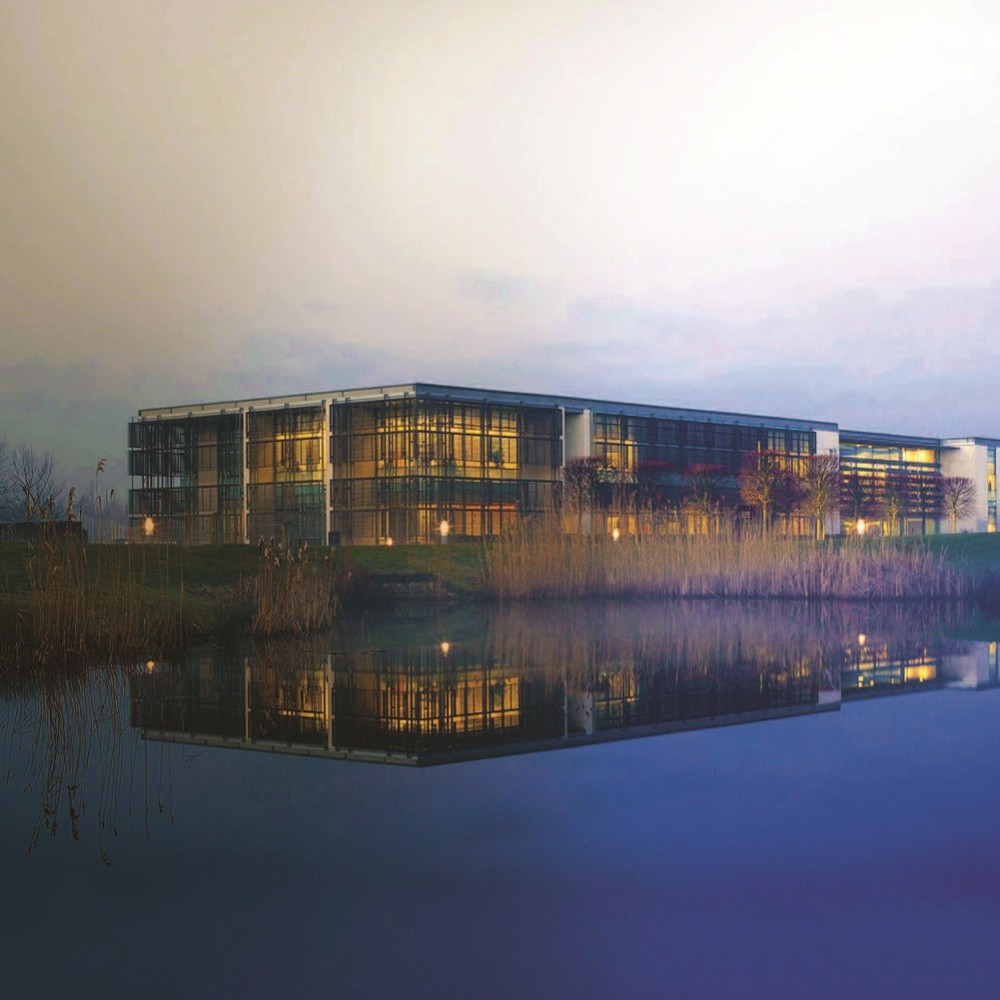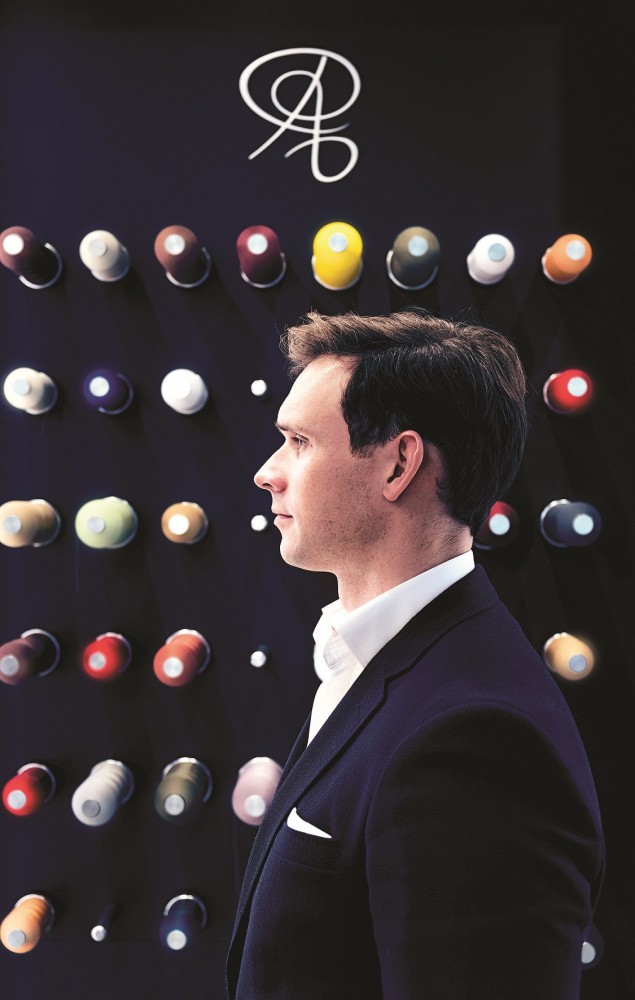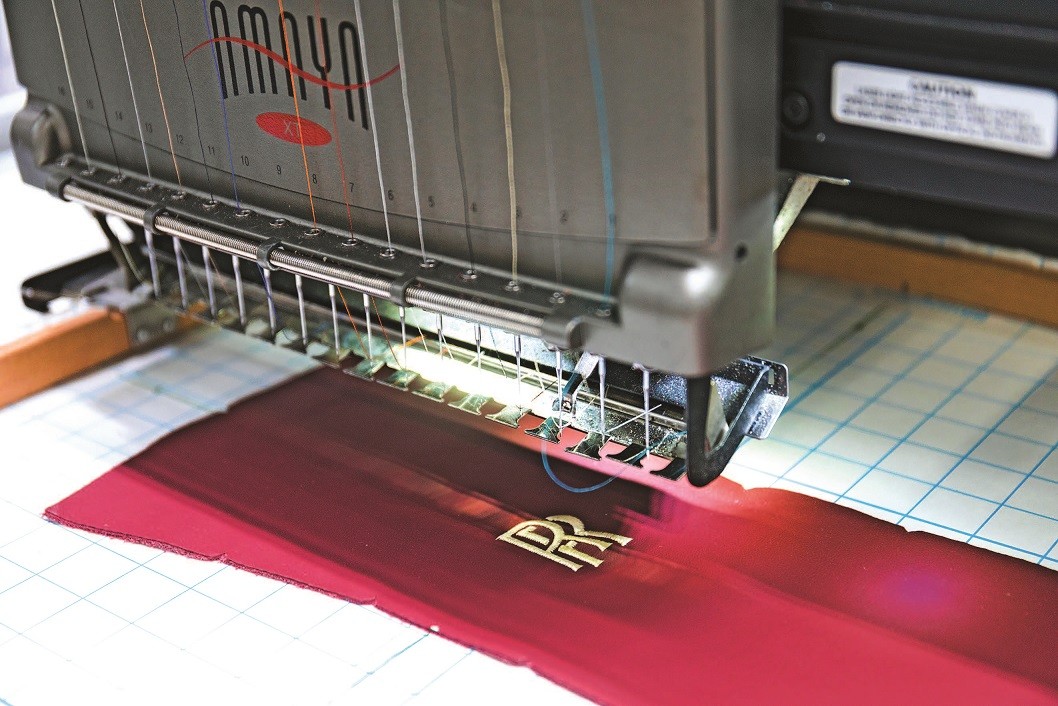The result is a two-door, two-seater boasting original bodywork that sweeps back to a boat-like tail—thus the name. The Sweptail’s interior is just as impressive, with a light-filled cabin offering storage for bespoke briefcases, a Champagne chiller and an ornate wooden rear ‘hat shelf.’ Chatting with Innes, his enthusiasm, verging on disbelief, at the project’s ambition is tangible: “People often ask what is the most remarkable part about the Sweptail, and I answer, ‘the fact that it exists!’ It was a unique set of circumstances.”
Even if you don’t want to top what Rolls-Royce’s CEO Torsten Müller-Ötvös concedes was probably “the most expensive car ever built,” all customers get a great service by having the designers, craftspeople and engineers under one roof. “The personal relationship with our clients extends to everyone working on their cars,” Innes clarifies. “We can go to the woodshop and deliberate on how we solve something with the people there. It’s all on one site and we’re afforded a direct exchange which is obvious in the quality of what we’re able to achieve.”
The woodshop has a humidity room that keeps its various veneers at 77°F (25°C) to make them malleable enough for shaping. Only the most ‘characterful’ veneers are selected—“40 percent are rejected as not interesting enough,” admits bespoke craftsperson John McWilliam—and the 0.02 inch (0.5 mm) thick slices can be sanded thinner so that lights can be set behind them and glow through. But despite the evident artistry, McWilliam, who has a mechanical engineering background, is equally keen to stress these materials’ functional prowess. “It’s an engineered product, not just a piece of wood,” he points out. “The airbag [behind it] still needs to perform.”









